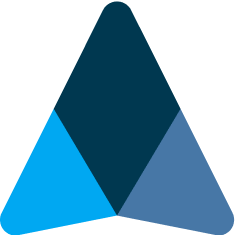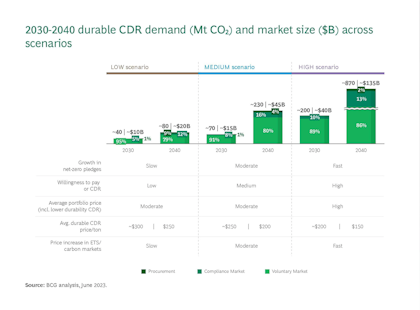Service Available Market (SAM)
Once you have a good TAM estimate, the next layer down is SAM (Service Available Market). This is where we get more realistic about who actually might buy your product. SAM represents the portion of the TAM that is reachable and relevant to you, given your business model and current capabilities. In other words, no company can serve 100% of a broad market, either because of geographic limitations, differing customer needs, distribution model or product focus – so SAM carves out the slice you can serve.
For example, if your TAM includes every hospital in the country but your product is really tailored for private hospitals (due to certain features or pricing), then those private hospitals would constitute your SAM. SAM acknowledges that even though the total market is large, your service has a more limited addressable audience based on who would realistically be interested.
How to calculate SAM
Calculating SAM usually involves narrowing down your TAM by applying filters to your target criteria. Think of it as taking your TAM number and cutting out the portions that don’t fit your go-to-market plan. This is often a continuation of the bottom-up approach: start from the TAM (all potential customers) and subtract those that you won’t target (or can’t reach) initially.
Continuing our simplified example: TAM was 1,352 hospitals at $1,000 each. Now, assume your software is most suited for private hospitals. Say there are 695 private hospitals in the country. Those 695 at $1,000 each give a SAM of $695,000 per year. In other words, out of the whole market, about half of the hospitals are in the segment you’re focusing on – that’s your serviceable available market.
SAM can be defined by various factors: specific demographics, geographic regions, certain customer requirements, or distribution limits. The key is to be honest and realistic about who is truly in your target market. By doing so, SAM provides a more actionable market size for planning purposes than the pie-in-the-sky TAM.
Service Obtainable Market (SOM)
Finally, we arrive at SOM (Service Obtainable Market) – sometimes also called share of market. SOM represents what you actually expect to capture in the near term. It is the most granular and realistic of the three metrics. Think of SOM as your achievable piece of the pie given current constraints and competition. For an early-stage company, SOM often starts as a projection (or a goal), and for an established company, it can be measured as actual revenue or market share in your segment.
How to calculate SOM
If you’re already in the market, calculating SOM is straightforward: it’s your current market share of the SAM. For example, if the SAM (serviceable market) is $10M/year and last year your sales were $4M in that market, you held a 40% market share of the SAM. You can then apply that share to the new SAM to project your revenue. If this year the SAM grows to, say, $12M, your SOM projection (assuming you maintain a 40% share) would be 40% × $12M ≈ $4.8M.
This method basically assumes you keep roughly the same slice of the serviceable market. If you plan to increase your market share (by outperforming competitors), your SOM could be higher – if you expect to lose ground, it should be lower.
For new startups without sales history, SOM is often an educated guess – you might say, “In our first year, we aim to capture 5% of the SAM, growing to 15% in three years,” or something along those lines. While SOM for a pre-launch startup is technically zero, founders do model hypothetical SOM scenarios to show ambition and a path forward. Just ensure any SOM claim is grounded in logic. SOM helps investors see your initial traction potential and how you’ll realistically penetrate your available market.




































